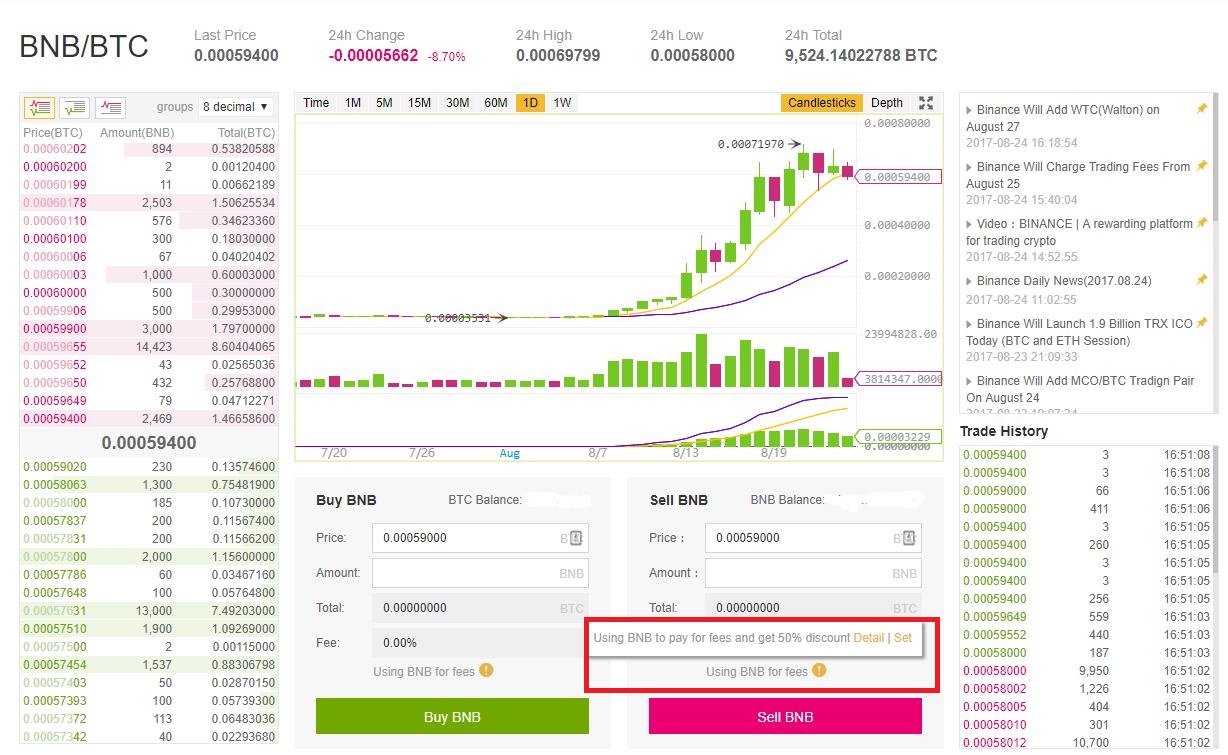



This week, the US Securities and Exchange Commission (SEC), a federal agency that regulates securities and protects investors, filed lawsuits against Binance and Coinbase, two of the world’s biggest crypto exchanges, on which investors buy and trade a large offering of cryptocurrencies. That freewheeling era now appears to be coming to an end. Unlike registered securities - as in, stocks - cryptocurrencies and crypto exchanges didn’t have to disclose much of anything to customers, and the list of lies and frauds rocking the industry has continued to pile up. The crypto exchanges are unfortunately the target of frequent hacking attacks because these people know a lot of users keep their money in online wallets.For a long time, the crypto industry has been a Wild West with few regulations and laws governing it - a fact that many crypto enthusiasts saw as a feature, not a bug. Whatever you do, our final advice is to be ultra-careful about where you store your funds. However, if you follow our carefully laid out steps, you should find no problem transferring cryptocurrencies from Coinbase to Binance and vice versa. Final NotesĪt first, trading digital coins might seem complicated and confusing, something that only experts in the field could do. Simple as that! Again, consider the wait time the miners need to process your transaction. Copy this address and paste it on Binance under “Funds” > “Withdraw Bitcoins”. The platform will generate a wallet address. What you need to do is log into your Coinbase account, click on Bitcoin, and find the “Receive” option. Just make sure you’re sending currencies that Coinbase supports. The reverse process is quite straightforward. What if you want to do the opposite and transfer your funds from Binance back to Coinbase? Maybe the coin prices have changed overnight and you’d rather hold onto them for a little while longer. Coinbase will give you a transaction ID that you can put in here and you can see real-time what’s happening. To check the status of your transaction you can visit. This could take from one hour to a couple of days if the network’s busy. That’s it! Now you just need to wait for the Bitcoin miners to verify your transaction. Finally, click “Continue” to send the request forward. This is where you need to paste the wallet address you copied from Binance. Click on the “Send” button and wait for Coinbase to ask you for the “Recipient Address”. Once you log into your Coinbase account, click on the “Accounts” tab, and then select the cryptocurrencies you want to transfer. You can repeat this process for each cryptocurrency you have, just make sure you are choosing the correct network each time, if you have any issues just ask their support team 🙂 This can be a stressful process the first few times you do it, but once you get the hang of it, it’s quite easy! For network pick “ BTC Bitcoin”, you will now get a generated address like this:Ĭopy the address, this is where you will send your Bitcoin to from your Coinbase account. For example, you can “Select Coin” and pick Bitcoin. You’ll have to transfer over each of your cryptocurrencies separately. On this screen just under Overview you should see the “Deposit” button. When you’re all set, on Binance you can click on Wallet > Overview. Unless you’re just trying out the platform for fun, we advise you to create a regular account. However, we don’t recommend this option because it restricts your trading activity and limits your BTC withdrawals. If you want to stay anonymous, Binance offers a Limited Account where you can trade without verifying your identity. Let’s start with a step-by-step explanation:įirst, create an account by registering and completing the application as you did on Coinbase.


 0 kommentar(er)
0 kommentar(er)
